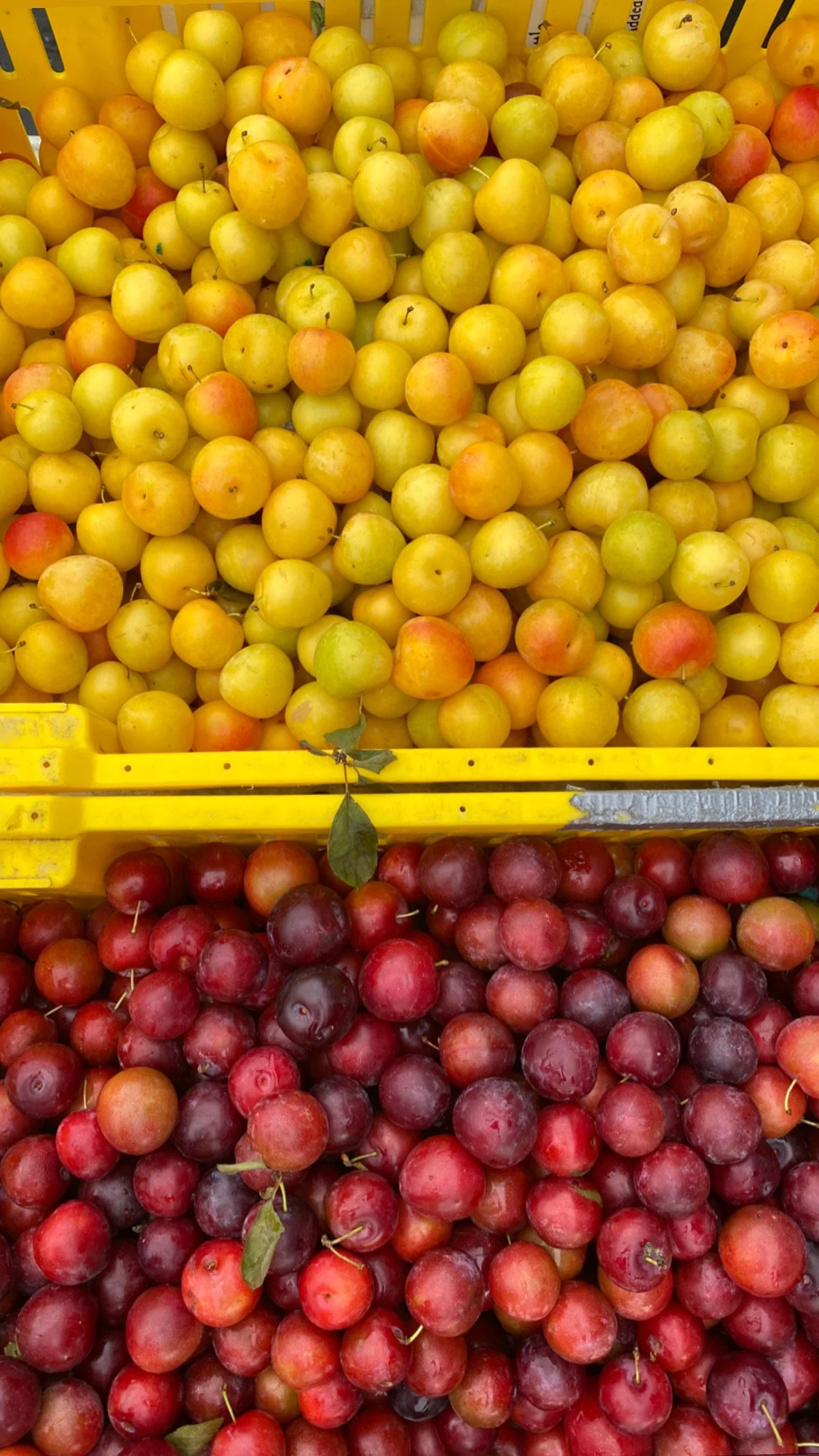
NOTES ON THERAPY
From bite-sized insights to deep dives on healing, NOTES ON THERAPY is where mind meets meaning.
As therapists, staying informed about mental health is essential. Sharing current research and raising awareness helps to reduce stigma and makes mental health support more accessible and relatable in everyday life. Check out the blog posts below for the latest in psychology and mental health.
The Season of Harvest
How to Measure the Fruits of Your Therapy Work
How to Measure the Fruits of Your Therapy Work
Written by Emma Nagle, LCSW | October 8, 2025
Autumn is a season of gathering. A time when months of unseen labor finally bear fruit. In therapy, growth often works the same way. The daily effort of showing up, reflecting, and practicing new skills can feel subtle, even invisible. But just like orchards or vineyards, there comes a moment when the progress you’ve been nurturing quietly ripens.
The fruits of your labor may not be as straight forward as the grid of an orchard, but there are ways to determine progress. What you’ve harvested from months of self-reflection and healing in therapy may look much more subtle, and difficult to discern.
It’s normal to want to understand if your time, energy and money are producing something of value. What follows are some subtle signs of growth and change that might help you evaluate your own work from therapy sessions.
How to Notice Your Inner Harvest
Shifts in reactions and regulation
You may find yourself pausing before reacting, or handling stress with more calm than you would have in the past.
Changes in self-talk
There is more awareness of the inner critic and the voice softens; you catch yourself offering more compassion or understanding toward yourself.
Different choices
Opting out of old patterns (like avoiding conflict or overworking) and experimenting with new, healthier behaviors like prioritizing yourself.
Energy for reflection
Feeling less drained by your emotions, and instead curious about them or able to sit with them more comfortably.
Relationships feel lighter
Boundaries become a little easier to set, or you notice you’re less pulled into others’ moods and look for less validation from others.
Resilience in setbacks
Difficult days still come, but recovery feels quicker; you’re not staying “stuck” as long.
Moments of gratitude
You may start to appreciate the smaller moments of joy that once would’ve been overlooked.
Willingness to dig deeper
Being open to exploring more difficult or sensitive topics demonstrates trust in the therapeutic relationship and therapy process.
“How can someone trust the harvest,
unless they see it sown?”
— Mary Renault
WITH MINDFUL ATTENTION
the subtle shifts within
become easier to recognize & trust.
With the change of season, it is a good reminder to pause and reflect on what is still growing, and what is ripe for the picking and ready for acknowledgment.
Much like the seasonal harvest, growth can be unpredictable and uneven. It’s important to note that progress does not always look or feel like happiness. Sometimes it means being able to sit with discomfort instead of running from it, to notice old patterns as they arise, or to recover more quickly after setbacks. Gaining a greater capacity for honesty with oneself or courage to face previously avoided issues may not always feel triumphant in the moment, but all these types of changes are the groundwork of deeper, more sustainable transformation.
With mindful attention, and noticing the signs above as a guide, the subtle shifts within yourself become easier to recognize and trust. So ask yourself: Do any of these signs of progress resonate for you? What do you notice has started to change from within? What would you add to this list?
While this article offers you guidance on your inner work, you don’t have to make sense of your growth on your own. Talking it through with your therapist can help you see the value of the fruit you’ve been cultivating all along.
Your Ego isn’t Your Enemy
In this post, we’ll explore how the ego shapes our identity, filters our experiences, and holds onto conditioned beliefs rooted in early life.
Written by Emma Nagle, LCSW | May 16, 2025
In this post, we’ll explore how the ego shapes our identity, filters our experiences, and holds onto conditioned beliefs rooted in early life. By understanding how the ego operates not as an enemy, but as a well-meaning protector, we can begin to loosen its grip and move toward a more authentic, grounded version of ourselves.
“As we expand our level of conscious awareness, we can see that we are not our ego stories…
Thoughts happen to us. They don’t mean anything about who we are.
They’re simply our ego attempting to defend our identity and protect us from pain.”
— Dr. Nicole LePera, How To Do The Work
Everyone has an ego. You can think of it as the part of you that helps manage everyday life. It’s not the same thing as your whole personality, it’s just one piece of it. The ego’s job is to balance your deeper urges with what’s realistic and socially acceptable. It helps you think through your actions and make choices that work in the real world.
The ego doesn’t just help us function in daily life. It also creates the stories we tell ourselves about who we are and how the world works. A protective mechanism, safeguarding the conditioned beliefs and patterns we've developed over time. These conditioned responses often stem from early life experiences and societal influences, especially those tied to safety, love and belonging.
Because of this protective mechanism, the ego is key in understanding why you might keep yourself stuck.
Why does your ego create and maintain a hurtful story?
“A hurtful why will always be more appealing than an uncertain reality.”
-- Dr. Nicole LePera
Once we’ve formed stories about who we are, the ego filters incoming information to reinforce and reflect those beliefs. Our conditioned minds rely on “confirmed” beliefs as a way to keep consistency and certainty. The ego resists change to maintain a sense of safety and identity, even if these patterns no longer serve our well-being.
By becoming aware of this dynamic, we can begin to gently challenge and reprogram these ingrained patterns, leading to personal growth and a more authentic self. In other words, by breaking the cycle that keeps you stuck, you have the opportunity to learn the truth about who you really are.




